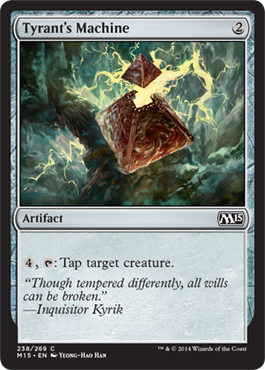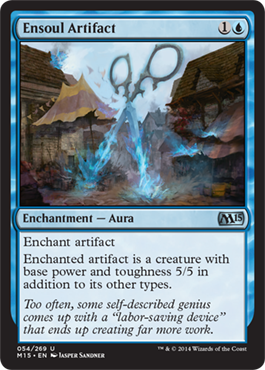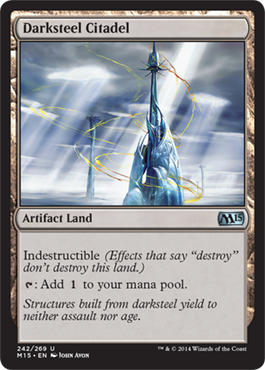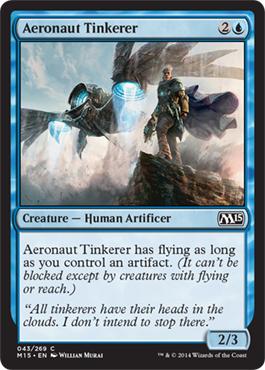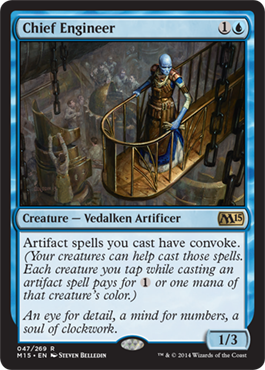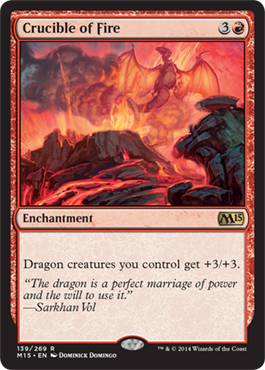While we know very little about Khans of Tarkir, we know what 3 of the 6 mechanics are: Prowess, Raid and Morph. Of these, Raid is getting my most attention. This is partially for a number of reasons:
- Prowess is a keyword and is very simple to understand
- Morph is a returning mechanic so it’s already understood to a certain extent
- We don’t know too much about Raid. As an ability word, it depends on the individual card in many circumstances, so for now it is best to just speculate.
However, my main reason for wanting to look at Raid closer is due to how it applies to creatures. Raid only triggers once when a given creature enters the battlefield – even then you have to attack first. This is different to abilities such as Landfall, which can trigger more than once, or the current Constellation ability in Standard. For example, let’s compare the following two cards: Mardu Heart-Piercer…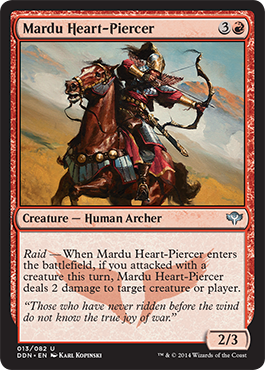
…and Forgeborn Oreads.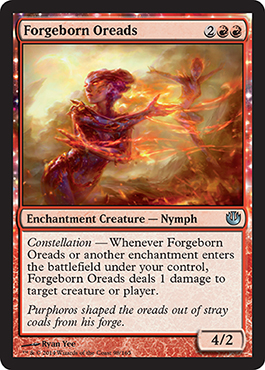 At first glance, we can see a few similarities. Both creatures are Red and Uncommon, coming in at 4 mana. They both have an ability word – in this case, Constellation vs Raid – which enable you to deal damage to creatures or players. However, this is where the similarities end.
At first glance, we can see a few similarities. Both creatures are Red and Uncommon, coming in at 4 mana. They both have an ability word – in this case, Constellation vs Raid – which enable you to deal damage to creatures or players. However, this is where the similarities end.
Maximizing Damage
Whether it’s a standard environment or a limited draft, you want to make the most potential out of any possible card. Let’s look at Mardu Heart-Piercer first: This card can do a maximum of 2 damage. There is no sliding scale here, you’re either dealing 2 damage or you are not and this option only happens once.
Forgeborn Oreads, has a little more reach. When it enters the battlefield, it can deal 1 damage, which is the minimum you can ever deal with this card. The thing is, however, that anything after this is almost upside. Play a second enchantment and you can deal 1 more damage, making for a total equaling that of Mardu-Heart Piercer. Yet anything more than this is a pure bonus, and the right deck can easily make the most of Forgeborn Oread.
Of course, Mardu Heart-Piercer has a slight advantage in that it can deal 2 damage off the bat. This makes it more useful for taking out 2 toughness creatures, where as Forgeborn Oread acts more like a pinger: if you want to deal multiple amounts of damage you need to save up your enchantments to play them in succession on the same turn. Depending on the match up, there may be bigger reasons for Mardu Heart-Piercer, but there is more potential in the long run with Forgeborn Oread.
So, what does this mean about the two abilities? Straight away, we can see that Raid looks to give you a little more power for a very extensive limiting factor. Constellation triggers once, guaranteed, and then requires you to play a decks worth of enchantments. Raid, on the other hand, only triggers once – and even then, it requires you to meet an additional criteria – but it gives a slightly bigger benefit.
Stats
Triggering abilities aside, what are the stats like? Both aren’t the best on a vanilla scale, which is to be expected, but there is a little difference. MHP is a 2/3, while FBO is a 4/2. The former gets 5 points worth of stats while the latter gets 6. If you’re going for aggression, which is a well known Red strategy, FBO has an advantage. Yet there are also a few drawbacks; of the two creatures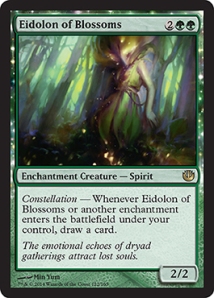 , MHP well survive longer with 3 toughness, while FBO has only 2 toughness and will likely trade down.
, MHP well survive longer with 3 toughness, while FBO has only 2 toughness and will likely trade down.
Again, we might need to look back at the abilities of each. The MHP creature only triggers once so, after dealing the damage, you don’t need to save it anymore: it’s just a 2/3. You can use it to block or attack without having to worry about more triggers. Constellation, on the other hand, is a different matter. Do you swing in and risk losing a ping engine or do you play more conservatively? People are playing Eidolon of Blossoms for it’s card draw, but the creature itself is only a 2/2 for 4 mana.
Enchantment vs Creature Enchantment
Additionally, Constellation does have one big drawback – it only appears on an enchantment creatures. While there is nothing stopping the ability appearing on other permanents in the future, for now this is the only option. The problem, of course, is that enchantment creatures are much easier to kill. Green can rarely destroy creatures outright, for instance, but it can destroy enchantments. A similar argument can be made for White, while Blue’s ability to answer these cards stays around the same. Black can always kill creatures anyway and Red will find it easier – as we’ve discussed, Constellation creatures are often under-powered when it comes to stats. A 4-mana creature with 2 toughness is not hard to deal with in Red on turn 4.
Raid, on the other hand, doesn’t appear on enchantment-creatures. MHP is a 2/3, not a 2/2 along the lines of FBO and Eidolon of BLossoms. Furthermore, Raid can also appear on cards outside of creatures. This gives the mechanic much more reach and, as I’ve already predicted, Raid has the potential to appear on instants and sorcery spells (similar to Landfall and/or Metalcraft). The end result is that Raid permanents stand to be harder to remove.
Of course, this is just speculation, since there’s only one Raid card to go off so far. I do expert more from this, both in other forms and different rarities, and Raid will have it’s own place in Khans of Tarkir limited. When it comes to Standard, however, I’m just trying to figure out what kind of decks want it. We’ll know more when Khans of Tarkir previews start up.
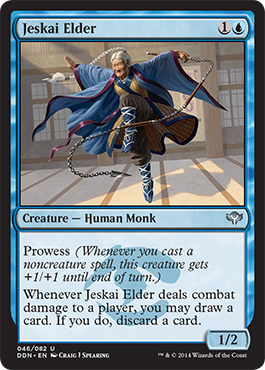
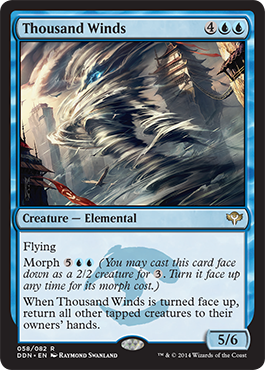
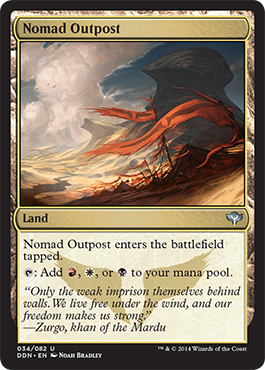
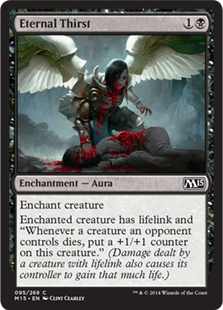
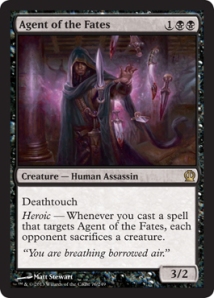 that it’s an enchantment means it can be taken away easily and many opponents will have planned answers for auras. As a result, we should look for a deck where it will be a big benefit if it sticks around but, even if it doesn’t, can it offer any incremental advantage?
that it’s an enchantment means it can be taken away easily and many opponents will have planned answers for auras. As a result, we should look for a deck where it will be a big benefit if it sticks around but, even if it doesn’t, can it offer any incremental advantage?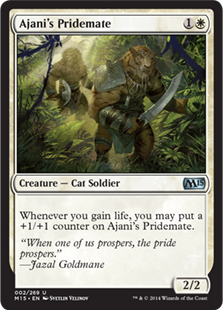 In short, there are options.
In short, there are options.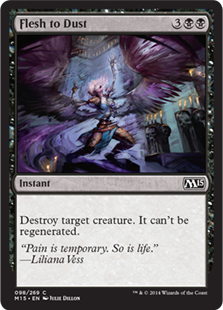 Into Nyx (Feast of Dreams). If that doesn’t work, we have more complete answers and Theros’s Heroes Downfall can kill almost anything, including Planeswalkers.
Into Nyx (Feast of Dreams). If that doesn’t work, we have more complete answers and Theros’s Heroes Downfall can kill almost anything, including Planeswalkers.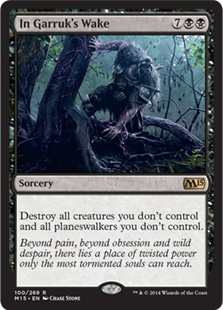
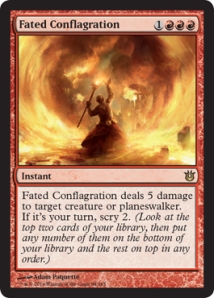
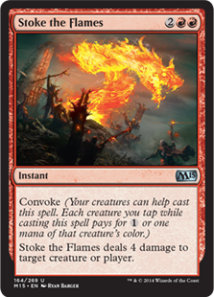
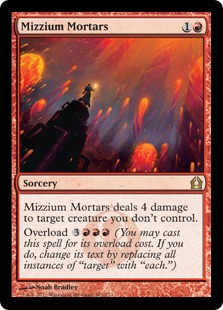 players, myself included, is that we’ve had some good options in the last two blocks. Anger of the Gods dealt damage to your own creatures, but it was an effective way to wipe the board – plus, if you were going to run it you’d plan around it. 3 damage across the board, plus exile effects, makes for a very strong card.
players, myself included, is that we’ve had some good options in the last two blocks. Anger of the Gods dealt damage to your own creatures, but it was an effective way to wipe the board – plus, if you were going to run it you’d plan around it. 3 damage across the board, plus exile effects, makes for a very strong card.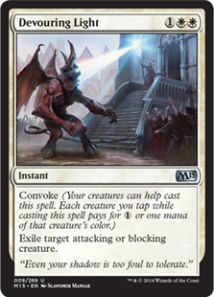 In other words, White has some effective solutions. The weakest of which, Divine Verdict, is still a strong card in a limited vacuum. Its other options, however, are much more versatile at 3 mana. Depending on how the meta game goes, I could see this going either way.
In other words, White has some effective solutions. The weakest of which, Divine Verdict, is still a strong card in a limited vacuum. Its other options, however, are much more versatile at 3 mana. Depending on how the meta game goes, I could see this going either way.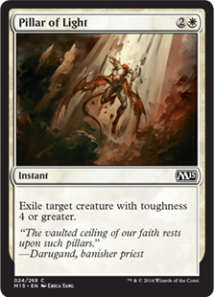
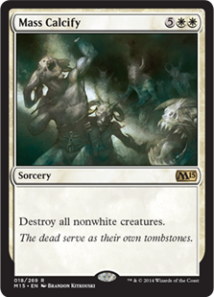
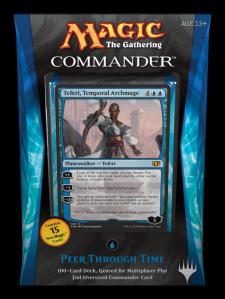
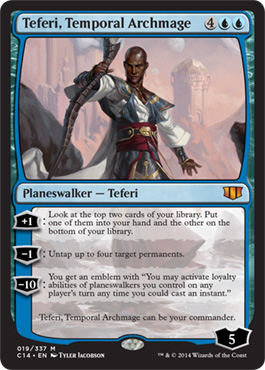
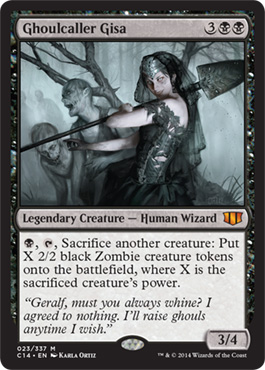
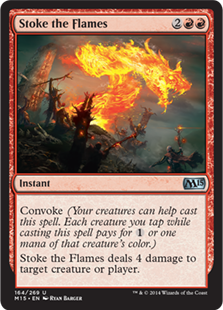
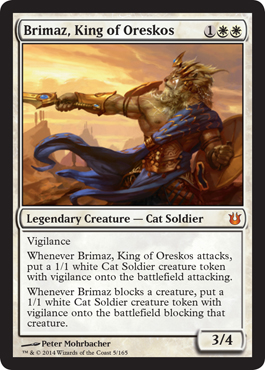
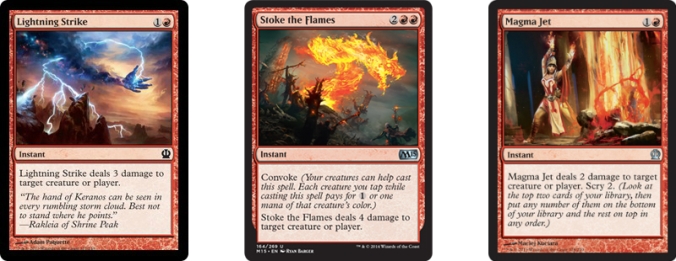
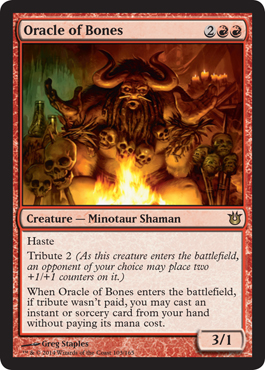
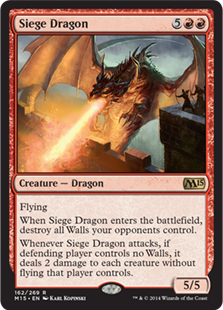
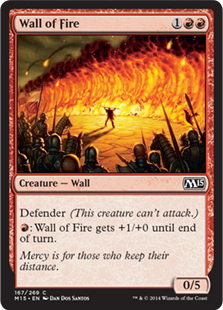
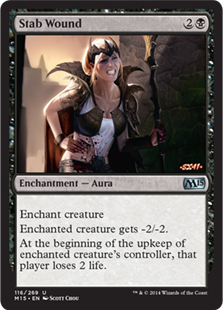
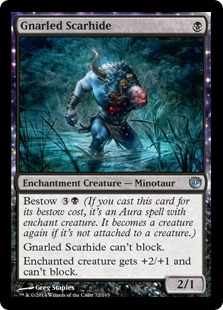
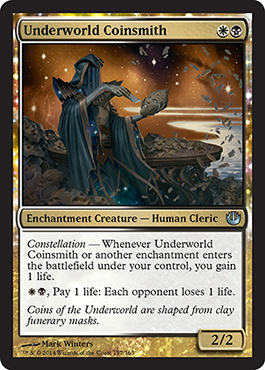
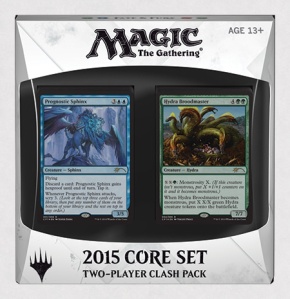
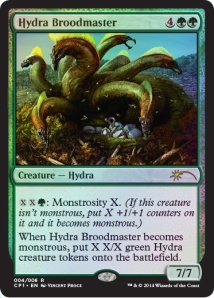

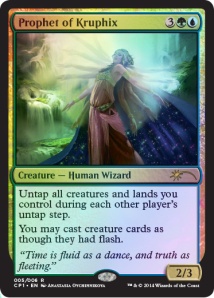
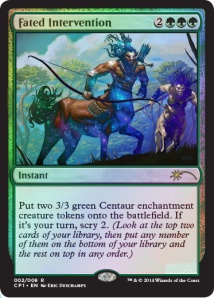


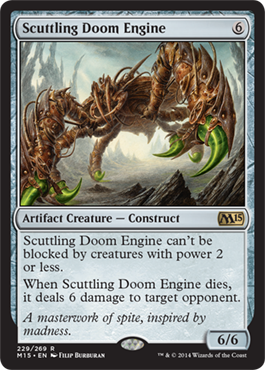
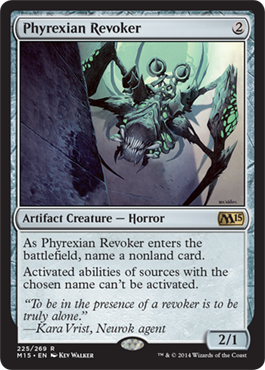
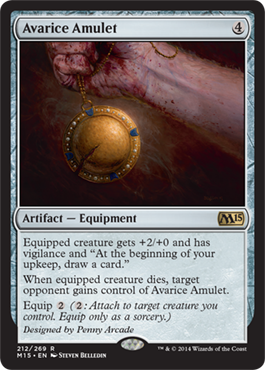

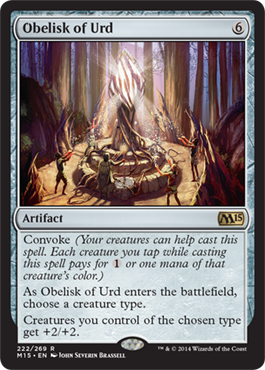 Both give creatures +2/+2, although the Obelisk asks for a specific colour. As such, it fits better into a mono-colour strategy and may be useful to mono-green, for instance.
Both give creatures +2/+2, although the Obelisk asks for a specific colour. As such, it fits better into a mono-colour strategy and may be useful to mono-green, for instance.